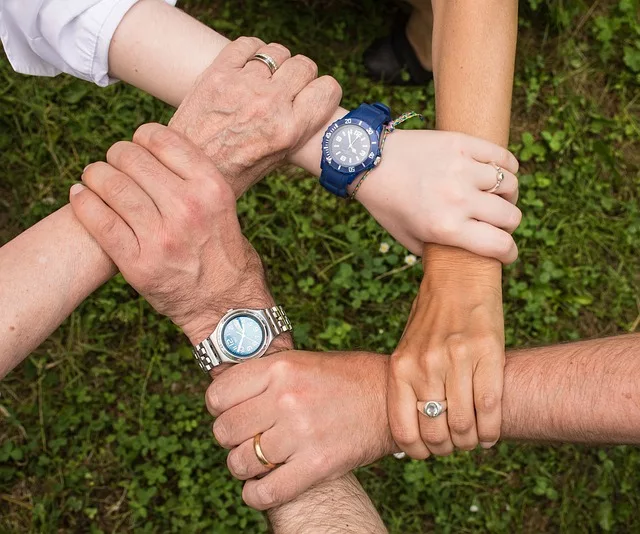A report put out by the Centers For Disease Control and Prevention (CDC) found more than half of all opioid-related fatalities, in just a five month period of 2016, involved fentanyl.
Heroin mixed with Fentanyl is responsible for the spike in overdose deaths since 2013 and now, much to the alarm of healthcare experts, law enforcement officials and concerned loved ones, Fentanyl is also showing up laced in cocaine.

According to the CDC, of the 5,152 opioid-related fatalities in just 10 states, between July and December 2016, more than 3,000 tested positive for fentanyl, which is 50 times more powerful than pure heroin.
Making matters more complicated is that when first responders are called, they’re told the person overdosed on cocaine and might not know to use naloxone, a drug that goes by the common name Narcan, which can reverse an opioid or heroin overdose.
Some states don’t distinguish between mixed-drug overdoses, so cocaine laced with fentanyl is charted as an opioid death. This in turn makes it harder for healthcare and law enforcement to warn their communities about the influx of fentanyl-spiked cocaine.
“Here’s why we’re so concerned,” Tennessee Bureau of Investigation Assistant Director T.J. Jordan said in a news conference in October last year, “To be blunt, what you might buy and use, thinking it’s a good time, could cost you your life.”
With the rise of the opioid epidemic, heroin is often seen as more dangerous than cocaine. The powerful stimulant is also considered a “party” or “club” drug and carries a stigma.
Cocaine Addiction is Still a Problem and as Dangerous as Ever
Overall, cocaine use is down, but here are some stark facts about the drug, according to the National Institute on Drug Abuse (NIDA):
- In 2014, nearly 1 million adults in the U.S. were physically dependent on cocaine
- Cocaine is highly addictive, especially with repeated use
- Since 2010, there’s been a rise in the number of fatal cocaine overdoses
- Even fentanyl-free cocaine can cause sudden death due to heart attack, stroke or seizure
Some states have been hit harder than others. In Connecticut, for example, fentanyl-laced cocaine deaths have increased by some 420 percent since 2015. Some experts believe that not enough is being done to warn the general public.
“We don’t want to cause widespread panic, but considering how deadly fentanyl is, we really need to get the word out there that it could potentially be in every batch of cocaine, just like we tell everyone to approach heroin like it could potentially have fentanyl,” Jess Tilley, a harm reduction advocate in Massachusetts, told NPR.
Tilley trains nonprofit agencies that serve opioid and heroin users on how to effectively use naloxone in case of an overdose and suggests that these organizations should also teach cocaine users how to test the drug for fentanyl contamination.
Why is Fentanyl Mixed With Cocaine?
Officials argue that it’s not a contamination issue, but rather cocaine users are mixing fentanyl in the drug for a bigger, more intense “high.” The mixture of heroin and cocaine is often referred to as “speed-balling.”
Another angle is that dealers are intentionally cutting their cocaine supply with the deadly opioid.
“There are two reasons typically given for why drug dealers would do this,” reports Vox contributor German Lopez. “One, it’s a relatively cheap way to give a product a bit more kick. Two, it could be an attempt to get cocaine buyers hooked on opioids.”
Regardless of the origins of fentanyl-laced cocaine, without testing the drug before use, it’s impossible to know whether or not it’s contaminated. The risk of a fun night out with friends and a little bit of “blow” turning deadly continues to increase.
Cocaine Addiction Treatment
Cocaine addiction is treatable, though it typically takes a different tact than opioid dependency.
Rather than substitute medications, like methadone or naltrexone or buprenorphine for heroin, an addiction to cocaine is often treated with cognitive behavioral therapy (CBT), one on one counseling and relapse prevention efforts.
Clearly, however, not everyone has the same access to substance addiction treatment and recovery. Large swaths of the public battling addiction are often underserved or unaware of what options might be available to them in terms of social services and treatment options.
“Until we truly embrace this as a medical issue and embed treatment into our health care and public health systems,” Sarah Wakeman, medical director at the Massachusetts General Hospital Substance Abuse Disorder Initiative, said in an interview with Vox News, “we will never be able to effectively meet the tremendous need of all those affected by addiction.”
Related:
Fentanyl Test Strips Might Prevent Overdoses
Overdose Reversal Drug Naloxone (Narcan) Surges in Price
Choosing Between Inpatient and Outpatient Addiction Treatment





